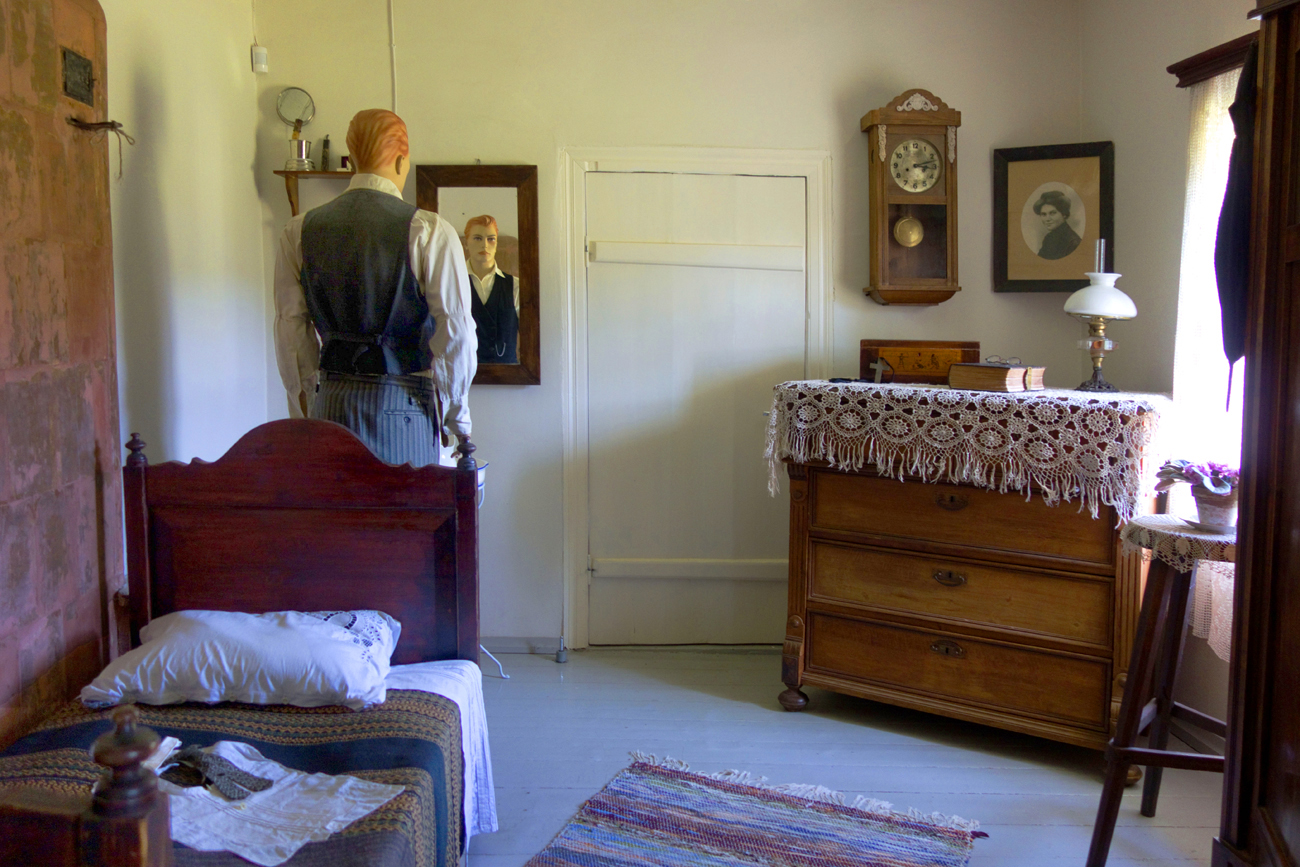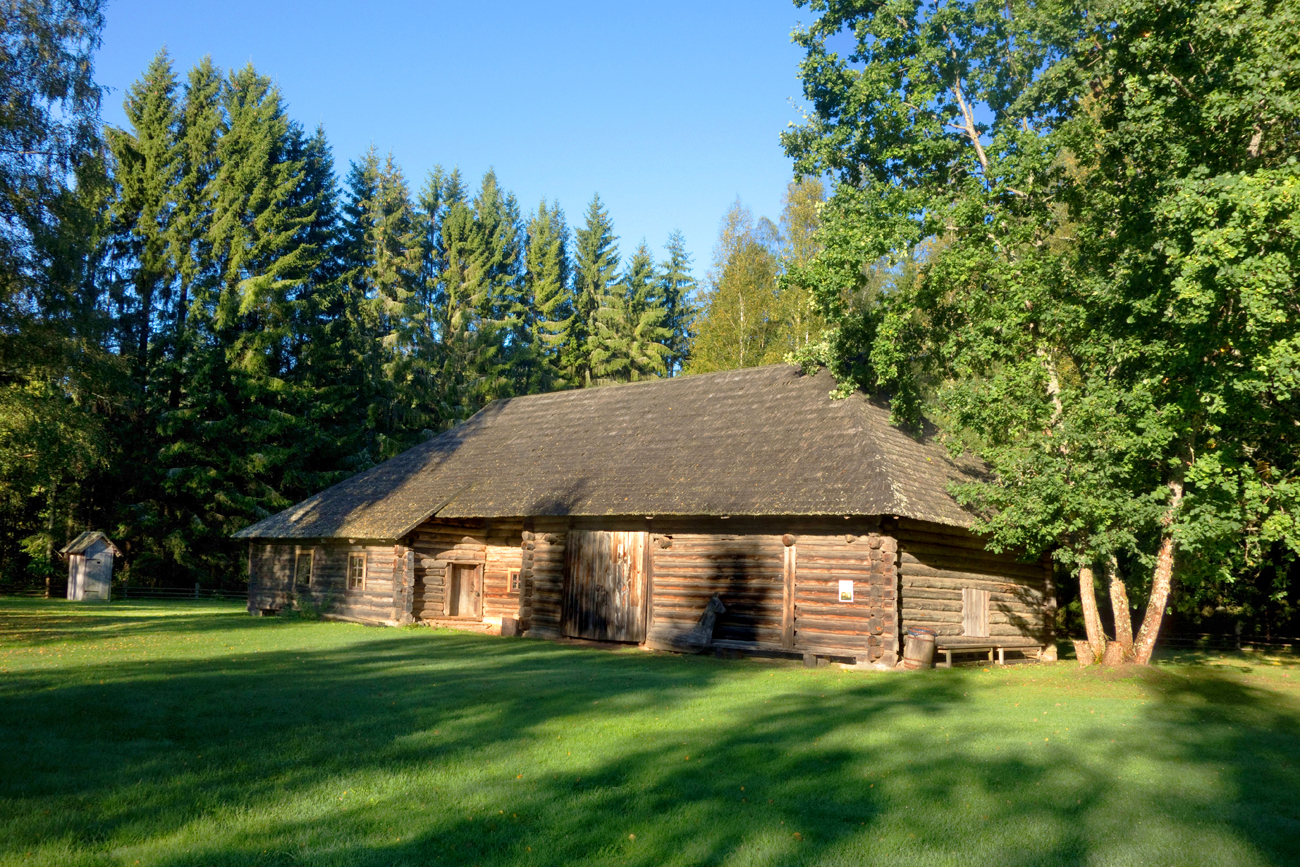Karilatsi Open-Air Museum and Karilatsi village
Everything started half a century ago. Kalju Kärmas, one of the museum founders, had been thinking about a museum for years, trying to find a suitable place. Due to insufficient numbers of children, Karilatsi school closed in 1971. The empty house with other buildings and land was perfect. Work to establish the museum and park were started in the same year; participants in the extensive undertaking included local schoolchildren, teachers and many volunteers.
The museum has done excellent work in archiving, presenting and maintaining local cultural heritage. Besides introducing farm and school life in the area, the Karilatsi Open-Air Museum is the only one in Estonia to also research the history of local governments.
There is plenty to see inside and outside. The landscape is hilly, there is a little stream and the former overgrown forest has been turned into a nice park. Concerts, village days and meetings have been organised in the park.
Since 2001 the museum has been run by Reet Roop. We asked her to write a few words about this charming place.


Karilatsi Open-Air Museum by the old post road is a nice place where you can abandon today’s busy life – the historical Karilatsi school and farm buildings take you back to the parish centre of one hundred years ago.



The park proudly presents a windmill, over a century old, and on the other bank of the spring, a communal granary, parish centre and an almshouse, and of course the main building of the museum, the old Karilatsi schoolhouse. There is also the permanent exhibition and a temporary summer exhibition. The attic floor constitutes the memorial room to the artist Vanda Juhansoo, known in the area as the witch of Valgemetsa.


Once the visitor has walked around, had a sip of fresh spring water and taken a good look at the Põlvamaa mini model, he should cross the big road to the other side.




The old threshing barn and buildings of Punase farm often evoke different feelings – they either cause nostalgia for old times or a relief that there is no need today to live like that. The tour includes several agricultural machines.
Tired travellers can have a little rest in the attic.
Reet Roop
Head of the Karilatsi Open-Air Museum 2001– 2021
Karilatsi village
In the local Võru dialect, Karilatsi means „kari lapsi” (a large number of children). The name came from the fact that local small farms produced a surprising number of children.
Before the Livonian War (1558–1583) Karilatsi belonged to the episcopal castle. In the 18th century the village was attached to the Kähri state-owned manor.
Later, Karilatsi was joined with others and separated and then joined again. In 1920 the Kähri parish was split into two and the southern part became Karilatsi parish. The 1939 administrative reform divided it up again: Karilatsi became a village situated in two parishes. Today, it is divided between Kanepi and Põlva county.
Karilatsi heart has always been the schoolhouse, established in 1766. A new schoolhouse was completed in 1889.
When the school closed in 1971, the doors nevertheless remained open – to house the Karilatsi Open-Air Museum.
Daila Aas, September 2021
Karilatsi Open-Air Museum is open: May–September M–Sun 9–18, October–April M–F 9–16. Ticket sale finishes an hour before closing time.
Accommodation and museum ticket for pilgrims: 6 €, Tel. 7970 310, 5801 8601; polvamaa@wi.ee
Please book accommodation at least one week in advance!
Sources
https://karilatsimuuseum.ee/
https://register.muinas.ee/public.php?menuID=monument&action=view&id=4190
https://dspace.ut.ee/bitstream/handle/10062/58180/Maris_Veski_2017.pdf
https://dea.digar.ee/cgi-bin/dea?a=d&d=JVvoruinsttoim201810.2.9.3
